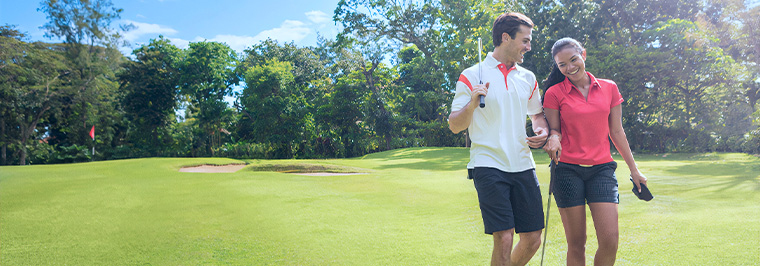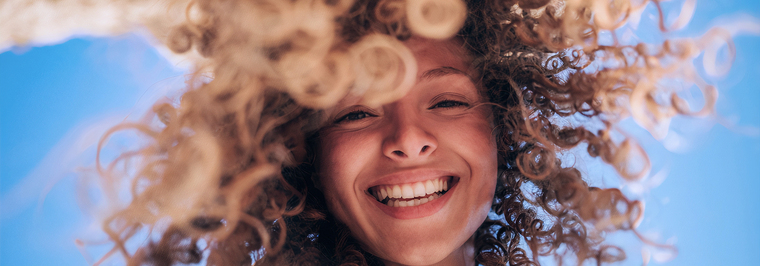When Permanent Teeth are Extracted
In some cases, it becomes necessary to remove permanent teeth, but this is only done for serious reasons. The most common causes include:
- Advanced or complicated cavities that cannot be managed with therapeutic methods;
- Severe inflammatory processes accompanied by mobility of the crown;
- Fracture of the tooth root or its crown part;
- The emergence of supernumerary units disrupting the integrity of the dental row;
- Orthodontic treatment, for example, to correct the bite or make space for erupting teeth;
- Presence of an unerupted tooth that cannot develop further.
The decision to extract is made by the dentist based on diagnostics and after consultation with other specialists.
Types of Anesthesia
Tooth extraction is a painful procedure. A loose milk tooth ready to fall out can be removed without pain and usually doesn't require anesthesia. In all other cases, anesthesia is necessary. We use drugs that are completely harmless to the child's body. There are several options for anesthesia, and the choice depends on the individual characteristics of the young patient.
Local Anesthesia
Modern dentistry uses the following methods of local anesthesia:
- Topical – the doctor applies the drug to the tissue surface. It provides a short-term numbing effect and is used before an injection or the removal of a loose tooth;
- Infiltration – the doctor injects into the gum mucosa to numb the tissues surrounding the tooth;
- Block – used to block the nerve trunk innervating the vascular-nerve bundle of the tooth to be removed;
- Intraligamentary – the anesthetic is injected into the tissues between the cement of the root and the socket.
In pediatric dental treatment, two-stage anesthesia is often used: topical numbing of the area where the doctor then makes an injection.
General Anesthesia
Drugs are administered intravenously or through a mask. Under general anesthesia, the child is completely relaxed and does not feel pain. General anesthesia is applied considering the specifics of a child's body. It may be required in the following cases:
- The patient is under 2-3 years old;
- Complex extraction is required;
- The child is extremely scared of the upcoming procedure and may have uncontrolled panic attacks;
- Several teeth need to be removed;
- Complex inflammatory processes in the oral cavity;
- The child has an allergy to pain medications;
- Presence of neurological disorders.
General anesthesia is recommended for dental extractions in children with cerebral palsy and epilepsy. Otherwise, they may get injured due to seizures, spasms, uncontrollable movements.
Sedation
The child is in a state resembling sleep, maximally relaxed but still able to respond to the doctor's words. Sedation is usually performed by inhalation – inhaling gas through a mask. Sedation can be combined with anesthesia to achieve maximum effect.
Typically, a drug based on nitrous oxide is used. It does not cause allergies or addiction and is quickly eliminated from the body.
Tooth extractions in children
-
Title
Price
-
Removal of a tooth
from 800 AED












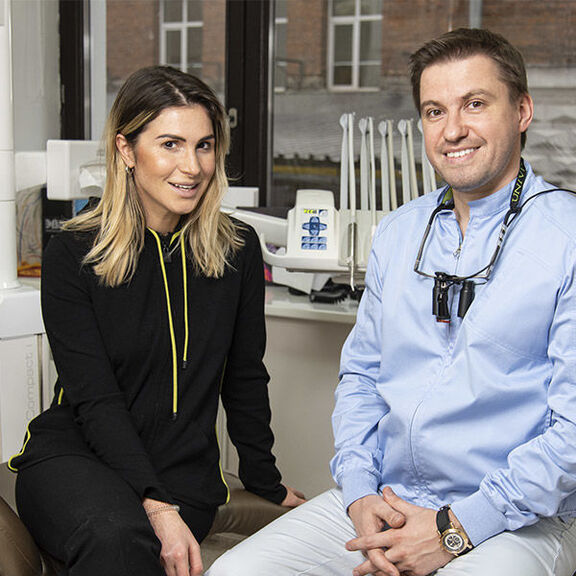









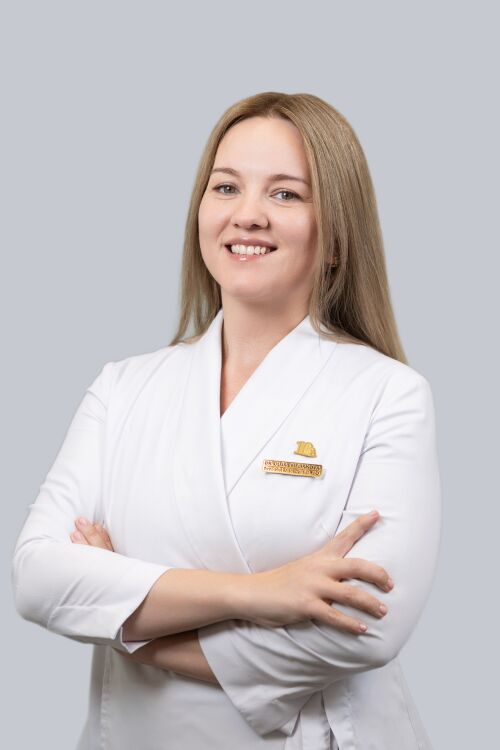

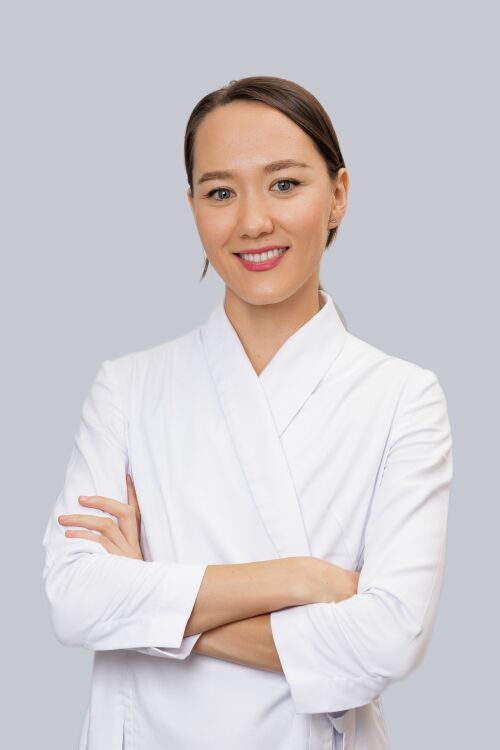


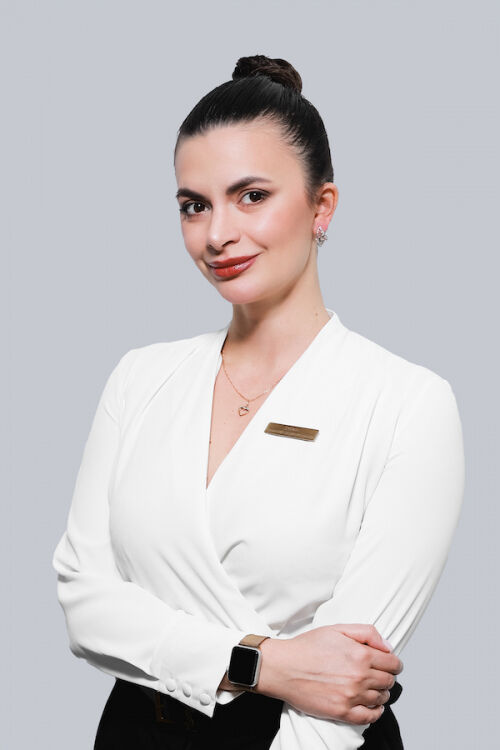
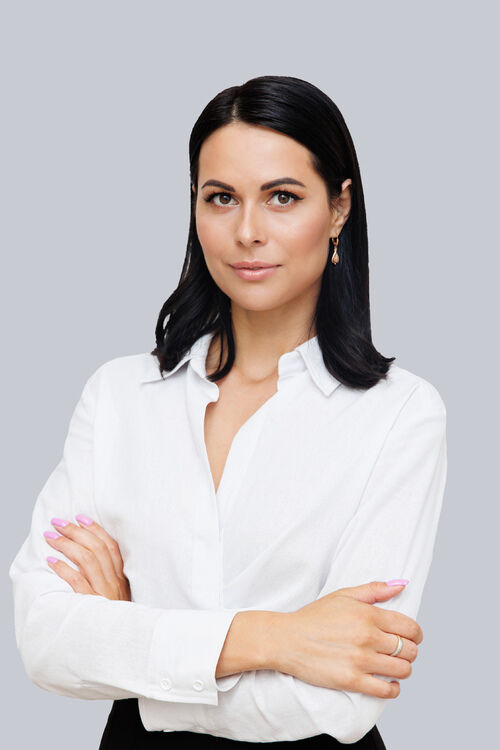




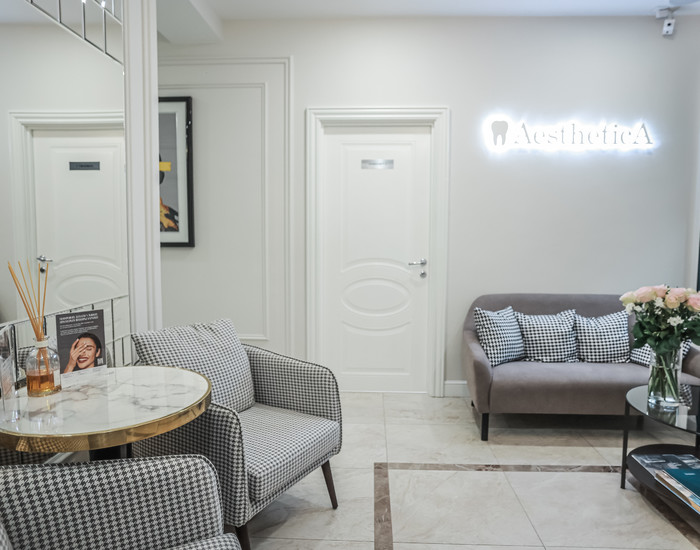
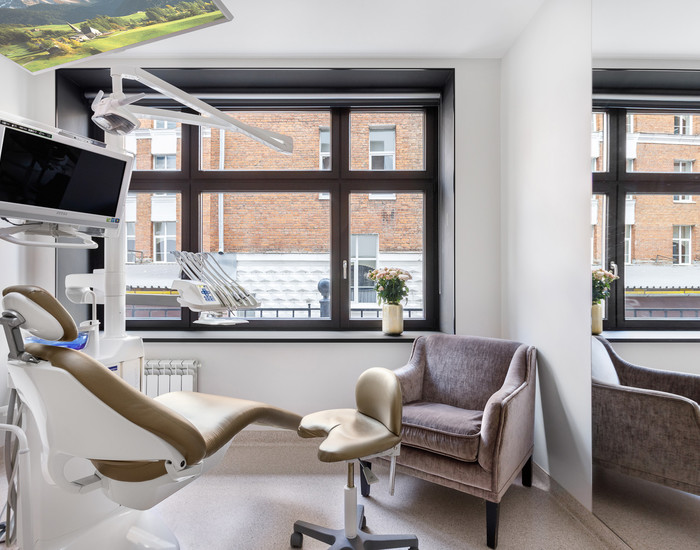




_700x550_ac7.jpg)



